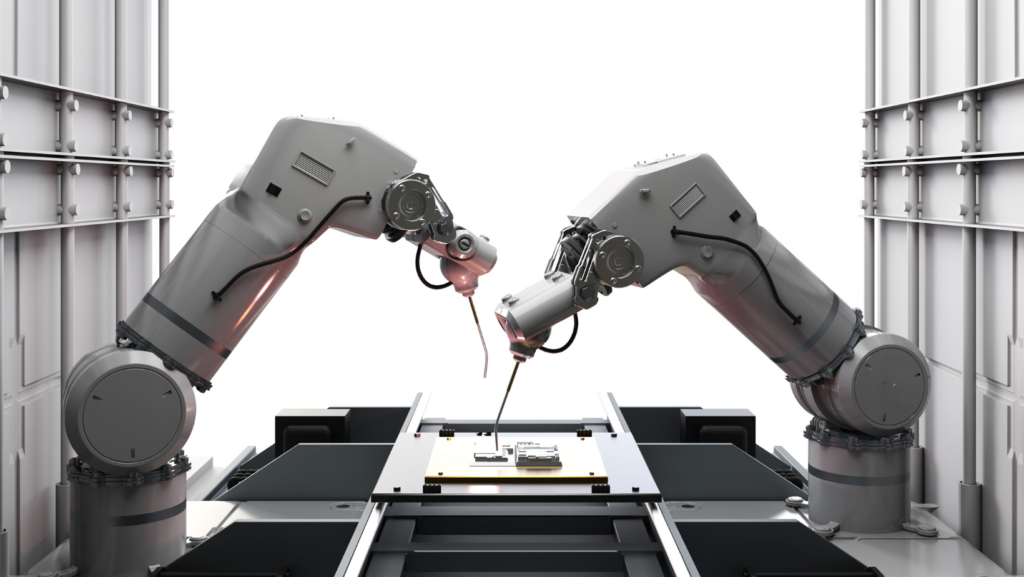In today’s fast-paced digital landscape, businesses constantly seek ways to enhance efficiency and reduce operational costs. IT operations (IT Ops) automation emerges as a powerful solution, transforming how organizations manage their IT infrastructure. By automating repetitive and time-consuming tasks, companies can streamline processes, minimize human error, and free up valuable resources for strategic initiatives.
IT Ops automation isn’t just about improving efficiency; it’s about enabling scalability and agility in an ever-evolving technological environment. As companies grow, their IT needs become more complex, demanding a proactive approach to managing systems and services. Automation tools empower IT teams to respond swiftly to changes, ensuring systems remain robust and reliable.
For businesses aiming to stay competitive, embracing IT Ops automation is no longer optional—it’s essential. By adopting these innovative technologies, organizations can focus on innovation and growth, leaving behind the burdens of manual IT management.
IT Ops Automation

IT Ops automation involves using technology to perform routine IT operations tasks without human intervention. This approach optimizes workflow through automated processes, leading to increased efficiency. IT teams benefit by allocating time to strategic initiatives instead of mundane tasks.
Automation tools such as configuration management solutions and orchestrators streamline tasks like software deployment and monitoring. These tools reduce the risk of human error while ensuring consistency in operations. By leveraging these technologies, organizations can maintain uninterrupted business processes and enhance service delivery.
Key Benefits of IT Ops Automation
IT Ops automation offers several advantages that drive business success. By automating routine tasks, organizations streamline operations, improve performance, and enhance service delivery.
Increased Efficiency
Automating repetitive tasks such as system monitoring and software updates leads to significant efficiency gains. IT teams allocate more resources to strategic projects as automation reduces time spent on manual processes. This shift enhances productivity and allows for quicker response times to emerging issues.
Cost Reduction
IT Ops automation reduces operational costs by lowering the need for manual labor. Organizations invest less in personnel for routine tasks, leading to immediate savings. These cost savings extend to reduced downtime and fewer errors, resulting in long-term financial benefits.
Improved Accuracy
Automation minimizes human error by ensuring consistent execution and compliance with predefined rules. Automated systems manage data entries and configuration tasks with precision. This accuracy enhances system reliability, reducing the risk of costly disruptions and maintaining high service quality.
Popular IT Ops Automation Tools

In the IT landscape, several automation tools streamline operations, enhance efficiency, and ensure seamless management of complex tasks. Three popular tools exemplify these capabilities.
Tool 1 Overview
Ansible automates infrastructure management, configuration, and application deployment. It uses simple, human-readable YAML files for defining processes, enabling collaboration and reducing complexity. Ansible’s agentless architecture simplifies setup and speeds up execution, making it a top choice for infrastructure-as-code.
Tool 2 Overview
Puppet, known for its configuration management, empowers IT teams to define system configurations consistently. It employs a declarative language, allowing users to describe the desired state of systems with precision. Puppet integrates well with different platforms, supporting cross-environment management.
Tool 3 Overview
Chef focuses on managing and automating infrastructure, enabling IT Ops teams to define policies as code. It uses Ruby-based scripts for writing configurations, providing flexibility and control over environments. Chef’s robust automation framework makes it ideal for organizations prioritizing custom solutions.
Challenges and Considerations

In IT Ops automation, while benefits are significant, challenges and considerations play a crucial role in successful implementation.
Automation integration can face resistance due to legacy systems. Older technologies often lack compatibility with modern tools, requiring time-intensive updates. Training employees to adopt automation processes can also be a hurdle, involving both time and resource investment. Organizations must evaluate existing infrastructure to ensure a smooth transition while budgeting for initial implementation costs.
Security Concerns
Automation introduces concerns around security, particularly data safety. Automated scripts and operations can be vulnerable to attacks if not properly secured. Maintaining robust encryption protocols and access controls is imperative to protect sensitive information. Regular security assessments help mitigate risks, ensuring compliance with industry standards and reducing potential threats.



